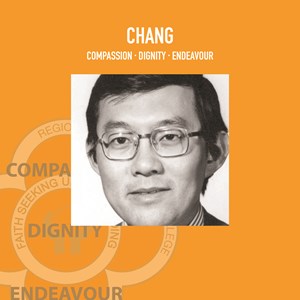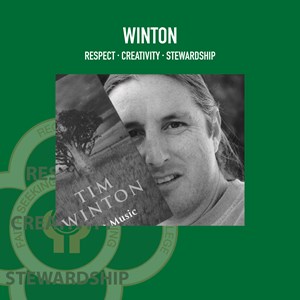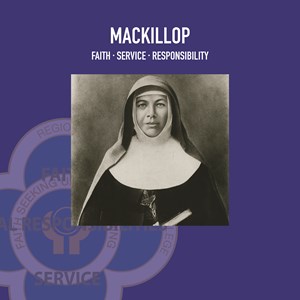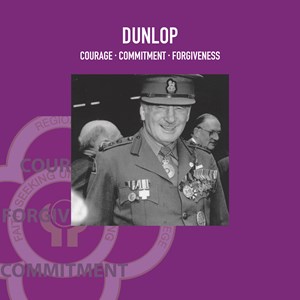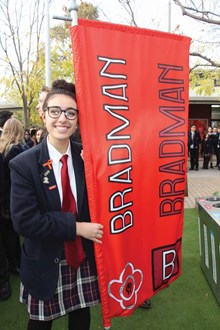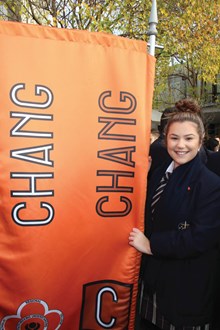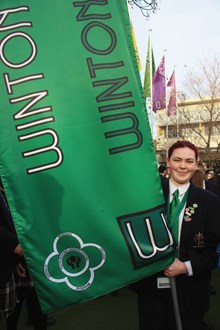The Cluster System at Catholic Regional College Sydenham is often referred to in other schools as a House System. Students at Catholic Regional College Sydenham usually spend only two years in the College so half of the student cohort is new every year. The connection is therefore established on a smaller level with peers and staff within a Cluster. The Cluster Coordinators are charged with the responsibility for each student’s learning pathway and their wellbeing within the College so that they can access their learning program. These learning programs are established and monitored with the sole purpose of providing a meaningful post-secondary school pathway to further study, apprenticeship, traineeship or work. Each of the Clusters is named after a significant Australian with each of these patrons lives being a part of the Cluster story, values and journey for each student through their time at Catholic Regional College Sydenham.




